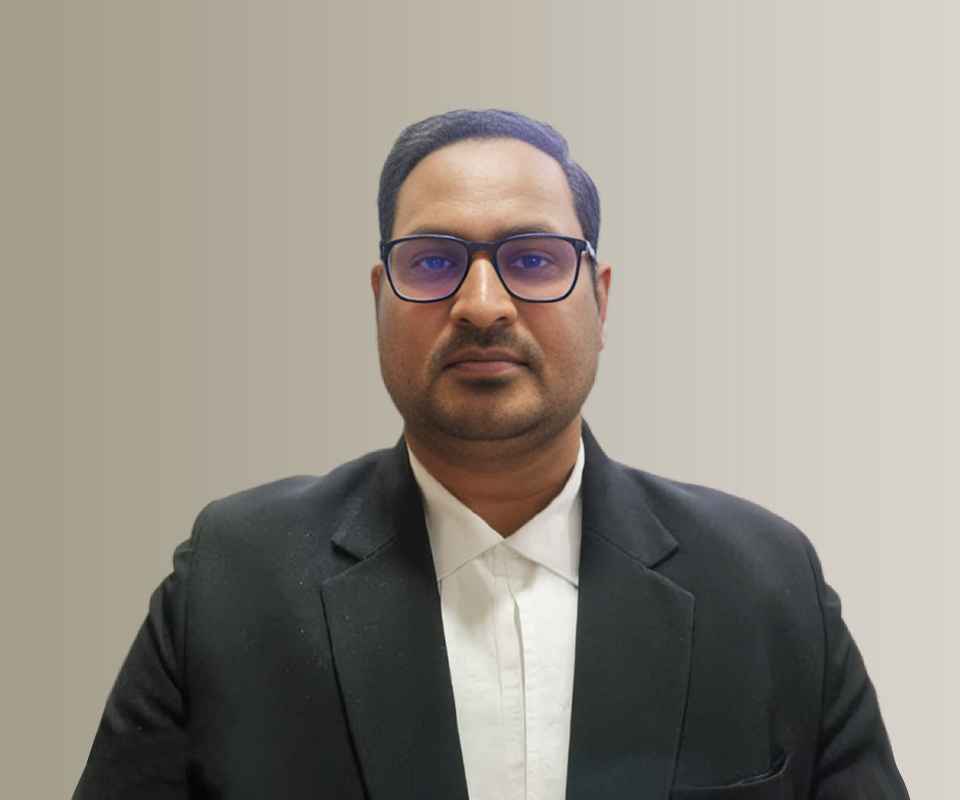Answer By law4u team
Negative stereotypes about people with disabilities have been perpetuated in the media for decades, often depicting them in a limited, inaccurate, or even dehumanizing way. However, people with disabilities and advocates can take various steps to challenge these stereotypes, create more accurate portrayals, and promote a more inclusive, respectful view of disability in the media. Advocacy, education, and increased representation play a significant role in reshaping public perceptions and breaking down harmful stereotypes.
Strategies to Combat Negative Stereotypes in the Media
Advocating for Accurate Representation:
Push for Diverse Portrayals: People with disabilities can work with media creators, influencers, and advocacy organizations to ensure that disability is portrayed in a variety of ways, showing the full range of experiences. Rather than depicting people with disabilities as one-dimensional, the media should reflect their complexity, abilities, and individuality.
Engage in Advocacy Campaigns: Disability rights organizations often launch campaigns to challenge inaccurate or harmful portrayals of disability in movies, TV shows, advertisements, and news outlets. By participating in these campaigns, people with disabilities can pressure media companies to be more responsible in their representations.
Involve Disabled People in Media Creation: Advocate for more disabled people to be involved in media production, whether as actors, directors, writers, or consultants. This ensures that portrayals of disability are authentic and respectful, rather than relying on stereotypes perpetuated by non-disabled creators.
Promoting Disability Representation in the Media:
Support Media Projects by Disabled Creators: By supporting films, TV shows, books, and other projects created by disabled people, individuals can help ensure that disability is represented in an honest and multifaceted way. When disabled creators share their own stories, it can dismantle harmful stereotypes and provide a more accurate reflection of their lives.
Encourage Positive Role Models: Media should highlight successful, dynamic individuals with disabilities in diverse roles, showcasing their achievements in fields like sports, business, arts, and politics. Celebrating role models who defy the typical stereotypes can inspire a shift in how people view disability in society.
Education and Public Awareness Campaigns:
Disability Awareness Education: People with disabilities can work with schools, universities, and community organizations to educate the public about disability rights and the harmful impact of negative stereotypes. This can involve workshops, lectures, and discussions on how to challenge preconceived notions about disability.
Media Literacy Programs: Promote media literacy programs that teach people how to critically analyze media representations of disability. By learning to identify stereotypes and misinformation, individuals can become more aware of biased portrayals and learn how to challenge them effectively.
Public Speaking and Advocacy: People with disabilities can use public speaking engagements or write articles to share their personal experiences and challenge the media’s portrayal of disability. Personal stories often have a powerful impact on changing public attitudes and dismantling stereotypes.
Utilizing Social Media and Online Platforms:
Leverage Social Media for Advocacy: Social media platforms provide a powerful tool for people with disabilities to share their stories, advocate for positive change, and challenge negative portrayals in the media. By using platforms like Twitter, Instagram, and YouTube, individuals can create awareness and push for more accurate and diverse media representations of disability.
Hashtag Movements: Participating in or starting hashtag movements, such as #DisabilityInclusion or #AbleismInMedia, allows people with disabilities to unite and amplify their voices. These campaigns help highlight the need for better representation and put pressure on media companies to change their narratives.
Legal Action and Accountability:
Hold Media Outlets Accountable: If media portrayals of disability are particularly harmful or defamatory, individuals with disabilities can file complaints with media regulatory bodies, such as broadcasting standards authorities or advertising watchdogs. Legal action or formal complaints can force media outlets to correct misleading or offensive representations.
Lobby for Anti-Ableism Laws: Advocating for stronger legal protections against ableism (discrimination based on disability) in media and advertising can help ensure that harmful stereotypes are minimized. This includes lobbying for laws that promote the fair representation of disability and hold companies accountable for discriminatory portrayals.
Promoting the Inclusion of Disability in Mainstream Conversations:
Disability as Part of Diversity: Incorporating disability as part of the broader diversity conversation is key to challenging stereotypes. Disability should be recognized alongside other forms of diversity, such as race, gender, and sexuality, in media discussions. This helps normalize disability representation and situates it as a critical part of societal narratives.
Intersectionality: Acknowledging the intersectionality of disability with other social identities (e.g., race, gender, sexual orientation) can help combat stereotypes by highlighting the diverse and complex experiences of people with disabilities.
Example:
A disabled activist who is an accomplished writer and public speaker might start a campaign on social media to highlight the lack of accurate disability representation in film. By sharing personal stories, engaging with filmmakers, and providing resources for better portrayals, they can raise awareness about how harmful stereotypes in movies can impact public attitudes. Through online petitions, media interviews, and collaboration with advocacy groups, the activist can push for more inclusive, respectful portrayals of people with disabilities in the film industry.
Conclusion:
Fighting negative stereotypes in the media requires a collective effort from people with disabilities, their advocates, and society at large. By pushing for accurate, diverse representations, leveraging social media platforms, educating the public, and holding media outlets accountable, disabled individuals can challenge harmful stereotypes and promote greater understanding. These efforts are key in fostering a more inclusive society where people with disabilities are seen as whole individuals, capable of contributing to every aspect of life.







